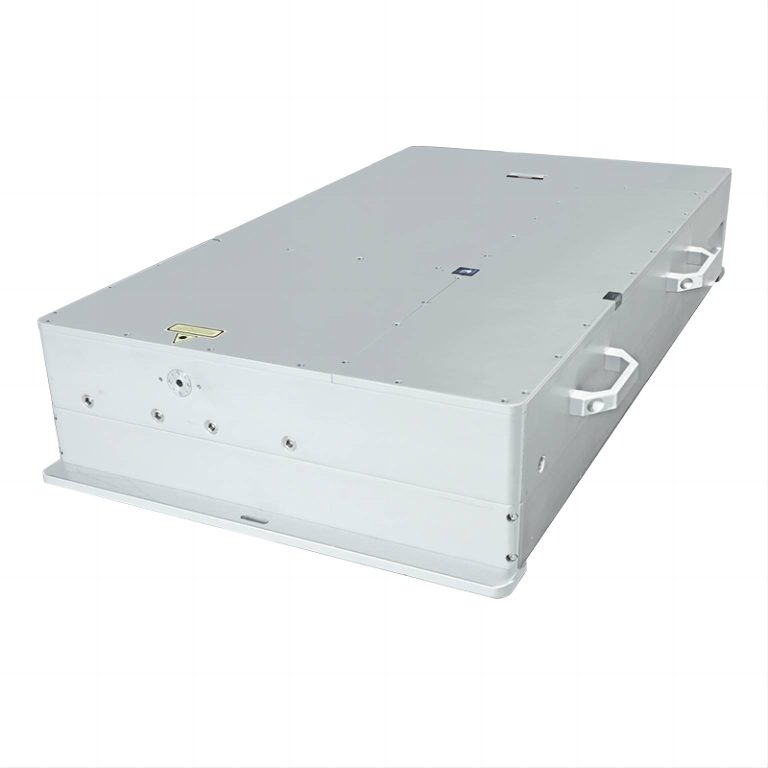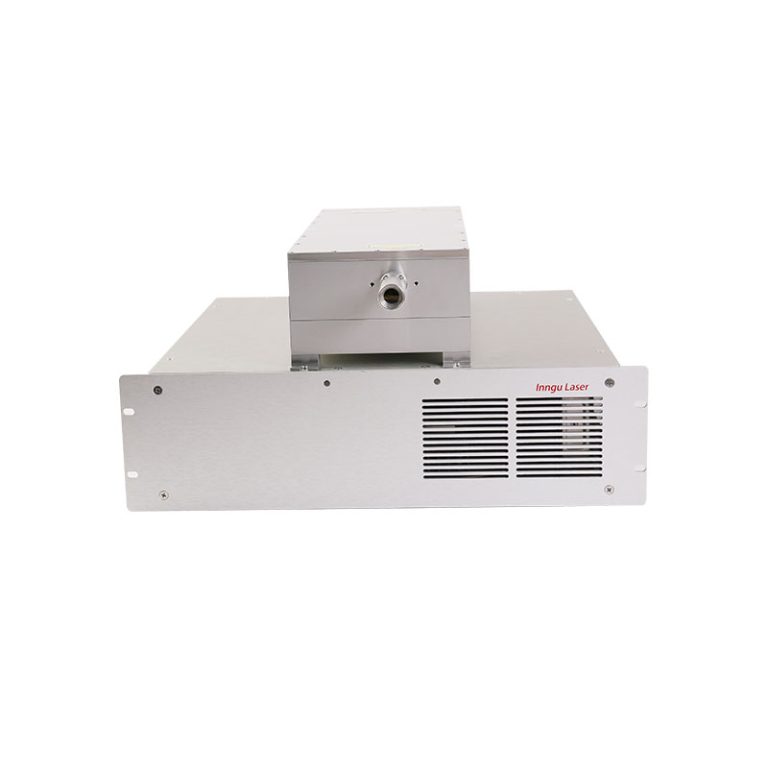Lasers are supposed to optimize welding of thick sheets in shipbuilding.
Shipyards are increasingly using lasers to join heavy steel plates and enormous cabin modules. New methods will help expand the range of applications.
When MV Werft recently expanded its Rostock site with a new hall, laser technology was as much a focus there as in the “Shipyard of the Future” initiative of U.S. shipyard Ingalls Shipbuilding and the modernization of the STX shipyard in France, which, in 2016, built the largest cruise liner at that time, Harmony of the Seas. The 362-meter-long and 66-meter-wide behemoth can carry 6,360 passengers and 2,100 crew members.
Shipyards use laser-hybrid welding processes to build these enormous steel ships. Lasers introduce heat to conventional metal inert gas (MIG) welding processes so that the metal melts and completely fills the seam. In addition to faster welding processes and less thermal stress on components, the keyhole welding method has another important advantage. In the past, the enormous steel panels were turned and welded a second time, but now one-sided welding is sufficient.
Lasers are gaining a foothold in shipbuilding
In Rostock, MV has one of Europe’s most advanced laser-hybrid welding plants. In largely automated processes, they produce large steel panels up to 400 square meters (25 x 16 m). A one-sided butt welding station with laser-hybrid welding head is supplemented with automated profile assembling with two-sided fillet welding of profiles, using the laser-hybrid process. For the shipyard, the automated thin panel welding line is part of a broad-based digitization concept which will establish Industry 4.0 processes in shipbuilding.
The concentrated energy from the laser also reduces warping and the need for alignment, as the cooling phase takes hardly more than one second. In a WLT publication on the occasion of Lasers in Manufacturing (LIM 2017), a research team from St. Petersburg mentioned additional advantages: a triple increase in performance, up to 40 percent less material and energy consumption, and much more durable welding seams. Depending on the material thickness and welding task, the welding speeds of between one and three meters per minute are very interesting considering the dimensions in shipbuilding. Use of lasers speeds up the work in dry docks by up to 40 percent.
This explains why laser processes are on the increase. Research projects like DOCKLASER (2002 to 2006) and BESST (Breakthrough in European Ship and Shipbuilding Technologies; 2009 to 2013) formed the basis. Meyer Werft in Papenburg, Germany had a leading position in these projects. According to the company, it now operates the largest laser center in Europe. Six 12-kW laser systems with CO2 lasers from Trumpf fabricate modules for cruise liners.
Laser and plasma methods shoulder-to-shoulder—advances in research
In shipyards, the laser welding systems join steel plates, which are generally cut to size with plasma methods. Almost 30,000°C plasma is produced under high voltage in an electric arc, which also makes thick metal plates melt. The liquid metal is then blown out with gas. This process is fast and cost-efficient but does have some disadvantages compared to laser cutting. Because of the lack of focus, the cuts are rougher; and in many cases, because of the heat, the cut edges have to be cleaned up afterwards. This is why lasers are frequently used for thinner steel plate. Leading providers offer plasma and laser cutting technologies that complement each other very well. For example, high performance fiber lasers from IPG are used for cutting.
The technology is continuously developing. When looking to increase efficiency, shipyards turn to lasers. The aim of the current joint project DIOMAR—Thick Metal Sheet Welding by High-Power Diode Lasers for Maritime Applications, involving Laser Zentrum Hannover (LZH), Laserline, Held Systems, and Meyer Werft, is to develop a new laser welding process for steel plates up to 30 millimeters thickness. For this purpose, Laserline implements diode lasers beam sources with maximum output power of up to 60kW in continuous-wave mode. These are to be the core of pure laser welding processes where the time and cost-consuming preparation of the welding edges will be unnecessary. In another project, LZH is working together with Trumpf, Precitec, Scansonic MI, and other partners to develop lightweight solutions for ships. The focus is on robust steel-aluminum joints. Sandwich materials with steel sheet and a core of aluminum foam are also extremely interesting for shipbuilders. Even additive manufacturing of rough structures may soon be possible: With regard to shipbuilding, the new Fraunhofer Research Institution for Additive Manufacturing Technologies IAPT in Hamburg, Germany, operates the world’s largest laser application portal system for components up to 30 meters long.#p#分页标题#e#
- i want
- KNOW INNGU LASER
- BUSINESS CONSULTATION
-
SUPPORT
- Homepage
- About us
- Product Center
- Solutions
- News Center
- service and support
- Contact us


